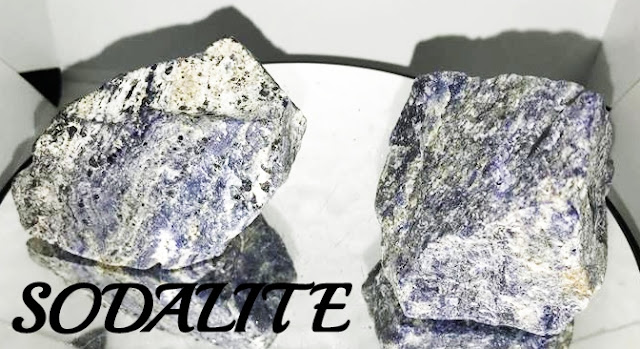Cat's Eye
Cat's Eye Healing Properties
♥ Determination ♥ Strength of mind ♥ Steadfastness ♥ Willpower ♥ Moral courage ♥ Tenacity ♥ Vigour ♥ Resolve ♥ Self control ♥ Intelligence ♥ Knowledge
Natural Cat's Eye is Chrysoberyl. It exhibits a chatoyancy which is formed from fibrous inclusions or cavities within the stone. This chatoyancy allows the stone to resemble a cat's eye.
Zodiac - Capricorn, Taurus, Aries
Typical colours - Golden yellow, yellowish brown, grey, green, greenish grey, blue, blueish green
Typical colours - Golden yellow, yellowish brown, grey, green, greenish grey, blue, blueish green
Cat's Eye acts to stimulate intuition and to enhance awareness. It is a grounding stone that provides a very effective protective energy. Cat's Eye dispels unwanted energy from the aura. It amplifies good luck and fortune. Chrysoberyl Cat's Eye transforms negative thoughts into positive energy. Cat's Eye brings happiness and serenity, along with optimism, generosity and confidence. It can enhance creativity and kindness. Traditionally, Cat's Eye is believed to protect the wearer from evil spirits.
Cat's Eye treats eye disorders and improves night vision. It relieves headaches, facial and sciatic pain. Cat's Eye aids the nervous system and associated pains. It can be used to heal the kidneys, pancreas, liver, lymph nodes, spleen and issues associated with leukemia.
CATS EYE: has magical properties; a grounding stone but stimulates the intuition. This mineral provides protection and dispels negative energy entering the aura and brings confidence, happiness, serenity, and good luck. Cat's Eye treats disorders of the eye and improves night vision. It relieves headaches and facial pain and can be worn on the right side of the body.
Cat's Eye color
The range of colors includes colorless, pink, yellow, green, blue and violet.
Ordinary chrysoberyl is yellowish-green and transparent to translucent. When the mineral exhibits good pale green to yellow color and is transparent, then it is used as a gemstone. The three main varieties of chrysoberyl are: ordinary yellow-to-green chrysoberyl, cat's eye or cymophane, and alexandrite. Yellow-green chrysoberyl was referred to as "chrysolite" during the Victorian and Edwardian eras, which caused confusion since that name has also been used for the mineral olivine ("peridot" as a gemstone); that name is no longer used in the gemological nomenclature.
Cymophane is popularly known as "cat's eye". This variety exhibits pleasing chatoyancy or opalescence that reminds one of an eye of a cat. When cut to produce a cabochon, the mineral forms a light-green specimen with a silky band of light extending across the surface of the stone.
IF YOU CLICK ON THE 1ST PHOTO IT WILL FORWARD YOU TO OUR WEBSITE!






Comments
Post a Comment